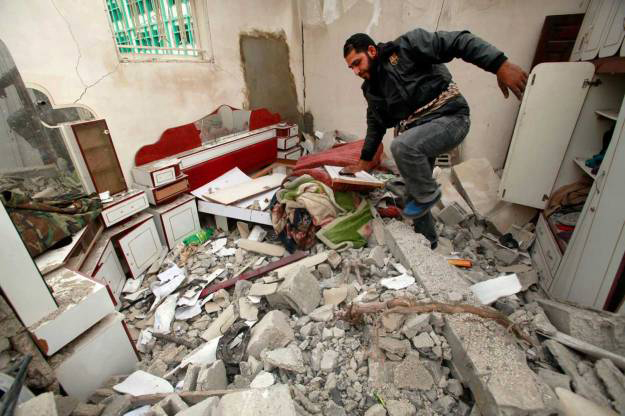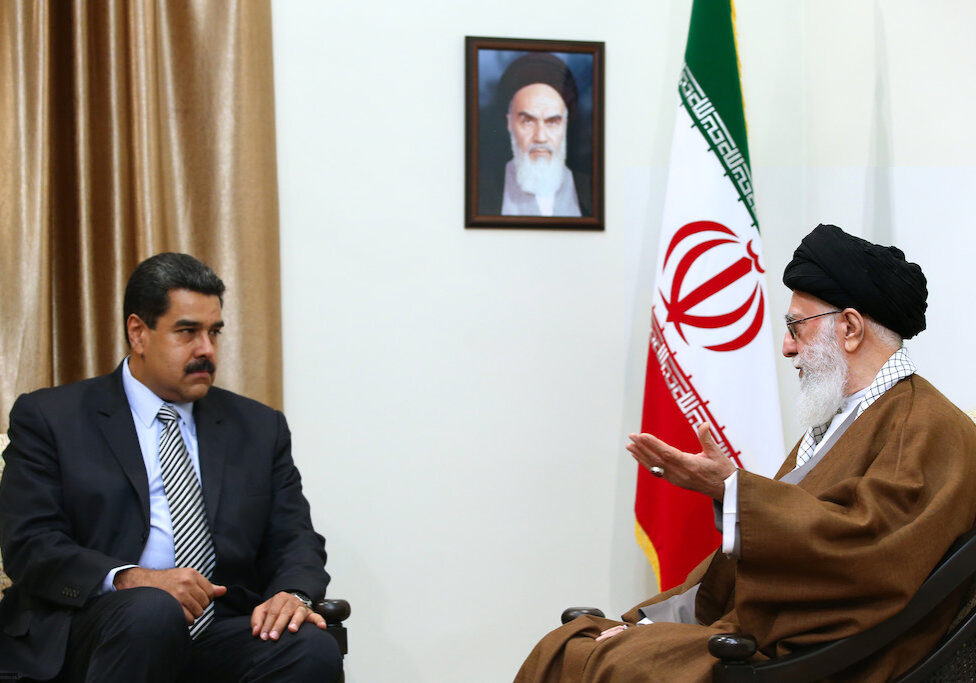Australia/Israel Review
Iran’s War in Gaza
Mar 27, 2012 | Jonathan Schanzer

Jonathan Schanzer
When Israeli jets pounded the Gaza Strip on March 9-12, in the latest round of major fighting around the enclave, they were not fighting Hamas, Israel’s traditional bête noire in Gaza. Though radical factions fired more than 300 rockets at Israel, the self-described Islamic Resistance Movement did not claim responsibility for a single attack. It may be the first time the organisation has refused to lead the charge to battle against Israel.
Hamas has a different fight on its hands. Iran, through the use of its proxies, is fomenting instability in Gaza that it is ill-equipped to handle. Indeed, Teheran is punishing Gaza’s de facto rulers for leaving their long-standing alliance.
Rocket fire out of Gaza is rather common, of course. Before the current spasm of violence, the Israelis had reported more than 50 attacks this year. This latest round began on March 9 after an Israeli airstrike killed Zuhair al-Kaissi, the head of the Popular Resistance Committees (PRC), a group with deep ties to the Iran-backed Hezbollah. Israeli sources commonly report that the two groups share a financial and logistical relationship. Tellingly, the PRC’s logo – featuring an arm brandishing an automatic weapon – borrows liberally from the Hezbollah flag (which in turns borrows from the Islamic Revolutionary Guard Corps). Kaissi, according to the IDF, was on his way into Israel to carry out a terrorist attack.
Hezbollah condemned the attack from Lebanon, while Iran-backed factions in Gaza fired rockets in retribution. The PRC launched at least 85, by their own (perhaps inflated) count. Palestinian Islamic Jihad (PIJ) – whose primary patron is also Iran, according to the US intelligence committee – reportedly launched more than 185. Groups without ties to Iran accounted for a measly eight rockets fired on Israel, according to Israeli government sources.
One Israeli outlet reported that Hamas has allowed other jihadi groups to fire rockets with a wink and a nod. This is difficult to confirm. Meanwhile, the Maan News Agency, an independent Palestinian news source, reported that Hamas leader Ismail Haniyeh engaged in intense talks brokered by Egypt to bring a halt to the violence. Those negotiations resulted in a cease-fire that went into effect on the night on Monday, March 12, although rockets have continued to be fired in much smaller numbers.
In fact, the last thing Hamas needed was a war. The militant faction faces its greatest challenge since its creation in 1987: While it has the hardware necessary to fight Israel, it lacks the foreign backing to mount a sustained campaign.
Years of financial sanctions have hammered Teheran for pursuing its illicit nuclear program, denying Iran the cash that it has long provided to Hamas. And after a year of violence in Syria, Hamas’ external leaders had no choice but to leave its longtime safe haven, while Haniyeh denounced the regime of President Bashar al-Assad. After all, it’s hard to present yourself as a group fighting for justice while your patron slaughters thousands of civilians in the streets.
Numerous reports now indicate that Hamas is drifting from the Iran-Syria axis. While Hamas has not ruptured its relations with Teheran in the same manner that it abandoned Damascus, Iranian leaders are clearly irked that the Palestinian faction has refused to stand by Assad, a key strategic figure for Teheran in the region.
Whereas Iran once respected Hamas’ wishes and helped maintain a modicum of calm inside Gaza, the gloves are now off. Iran is using its smaller and less-expensive proxies, the PRC and PIJ, to create unrest on Hamas’ turf.
As the Iranians see it, Hamas has outlived its usefulness. In the aftermath of Operation Cast Lead in late 2008 and early 2009, during which Israel delivered punishing blows to Hamas in retaliation for rocket fire into southern Israel, the group has become more cautious. Ideologically, it has not changed. But practically, it seeks less to destroy Israel than to preserve its own existence.
The Iranian leadership also has its own reasons for wreaking havoc in Gaza now. For starters, it deflects international attention from Teheran’s nuclear activities. With Israel on the brink of war with the Palestinians, the international community’s Pavlovian response is to rein Israel in and call for calm on both sides. The United Nations is now rushing to avert a war in Gaza instead of looking at new ways to halt Iran’s nuclear drive.
Moreover, any unrest in the region reverberates in the oil markets. Traders don’t like to see violence near their energy sources – just look at the 2006 war between Israel and Lebanon, which drove oil prices up almost 15 percent, despite the fact that Lebanon is not an oil exporter. Causing spikes in oil prices is the easiest way for Iran to circumvent sanctions: The more oil costs, the more cash Teheran can raise as it takes those last fateful steps toward the nuclear threshold.
The recent crisis reveals that, for Iran, Hamas is expendable. But even after the alliance has frayed, Iran has maintained influence in Gaza, thanks to a “martyrdom” culture it helped cultivate, weapons tunnels it helped build and maintain, and through small but lethal terrorist groups it continues to finance. These groups now tempt Israel into another war from which only Iran will gain.
Jonathan Schanzer is Vice-President for research at the Foundation for Defence of Democracies (www.defenddemocracy.org) and author of Hamas vs Fatah: The Struggle for Palestine. © Jonathan Schanzer, reprinted by permission, all rights reserved.
Tags: Iran






